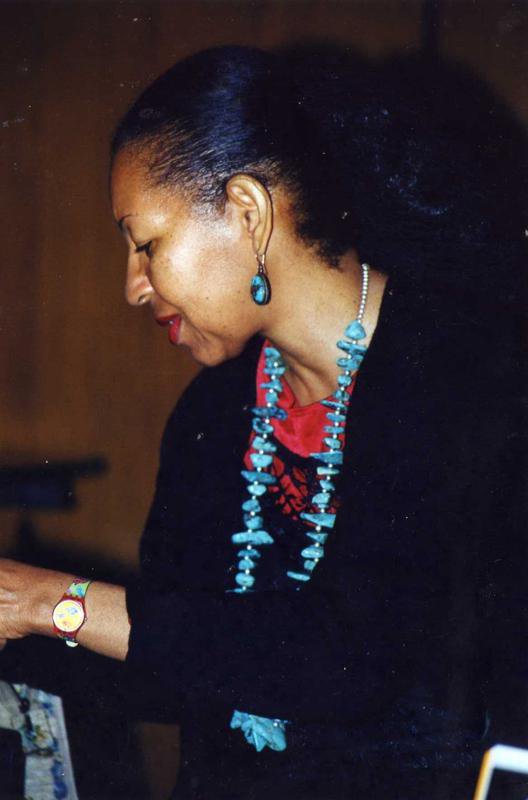Reversing Cellular Aging: Breakthroughs in Multicellular Organism Research

In a groundbreaking study published in the journal *Advanced Science* on June 19, 2025, researchers from Tufts University have demonstrated the potential to reverse cellular aging in multicellular organisms, specifically through the creation of novel entities known as Anthrobots. These tiny multicellular organisms, constructed from a single human tracheal cell, reveal how biological aging can be effectively reset, offering new insights into longevity and regenerative medicine.
The research team, led by Michael Levin, Vannevar Bush Professor of Biology, and Ph.D. candidate Gizem Gumuskaya, has been investigating the cellular mechanisms that dictate the organization and development of multicellular life. Their work on Anthrobots aims to unlock the genetic and environmental factors that contribute to cellular aging and self-organization, which could have profound implications for regenerative therapies.
According to Gumuskaya, the Anthrobots are particularly remarkable because they were formed from adult donor cells that began expressing embryonic genes during their development. "Anthrobots are made from adult donor cells, so it was striking to see that those cells were also expressing embryonic genes," stated Gumuskaya. These genes include those responsible for critical developmental transitions, such as the mesoderm-ectoderm transition, which is essential for forming various tissues and organs.
The study revealed that over 9,000 genes—nearly half of the human genome—were altered in expression as the cells transitioned into the Anthrobot state. Notably, the researchers observed a significant decrease in the epigenetic age of the cells used to form the Anthrobots. For instance, a 21-year-old donor's cells, which had an epigenetic age of 25, were found to exhibit an epigenetic age of only 18.7 after undergoing the transformation into Anthrobots, suggesting a biological reversal of aging by approximately 25%.
Levin proposes a hypothesis termed the 'age evidencing' hypothesis, which posits that the physical forces and developmental cues experienced by the Anthrobots during their formation might signal to the cells to revert to a younger biological state. "I think that cell collectives are fundamentally information-processing agents," Levin commented. "The developmental genes being activated and the physical forces from their new shape can be interpreted by cells as embryogenesis, which conflicts with their actual age. So they end up reversing some of the DNA markers of aging to be consistent with their current state."
The implications of this research extend beyond the theoretical. As understanding deepens regarding the cellular mechanisms at play, there is potential for developing therapeutic strategies aimed at rejuvenating human tissues and organs, mitigating the effects of aging, and addressing developmental diseases.
Experts in the field have noted the significance of these findings. Dr. Sarah Johnson, a Professor of Genetics at Stanford University, remarked, "This research opens new avenues for regenerative medicine by demonstrating that cellular aging is not an irreversible process, but rather a dynamic one that can be influenced by environmental and developmental factors."
Furthermore, Dr. Robert Chen, an expert in cellular biology at Yale University, emphasized the potential applications of this research. "If we can replicate the conditions that allow for cellular rejuvenation in Anthrobots, we may be able to develop therapies that not only halt aging but potentially reverse it in human cells as well."
As the field of regenerative medicine advances, the discovery of the cellular aging reversal mechanism in Anthrobots not only paves the way for future research but also raises ethical questions regarding the manipulation of cellular aging in humans. The possibility of creating living constructs that could repair damaged tissues presents a dual-edged sword, necessitating careful consideration of the implications of such technologies for human health and society.
In conclusion, the work conducted by the Tufts University team represents a significant leap forward in understanding cellular aging and its reversibility. Continued research is essential to uncover the underlying mechanisms and potential applications of these findings, with the hope of translating them into clinical practice that could enhance longevity and improve quality of life for individuals across the globe.
### References: 1. Gumuskaya, G., Davey, N., Srivastava, P., et al. (2025). *The morphological, behavioral, and transcriptomic life cycle of Anthrobots*. *Advanced Science*, 2409330. doi:10.1002/advs.202409330. 2. Levin, M. (2025). *Exploring the Reversal of Cellular Aging through Anthrobots*. Tufts University Press Release.
Advertisement
Tags
Advertisement





